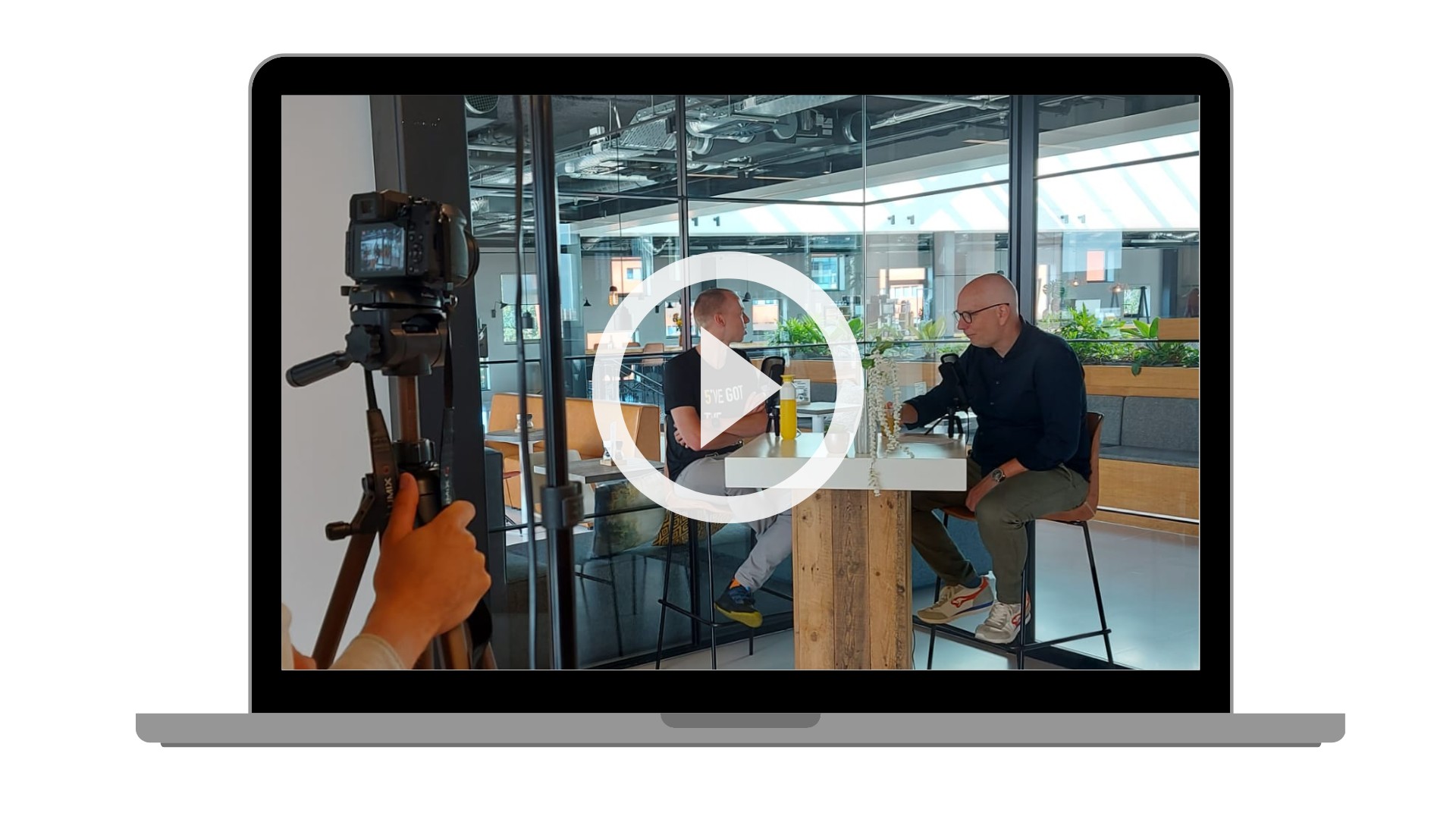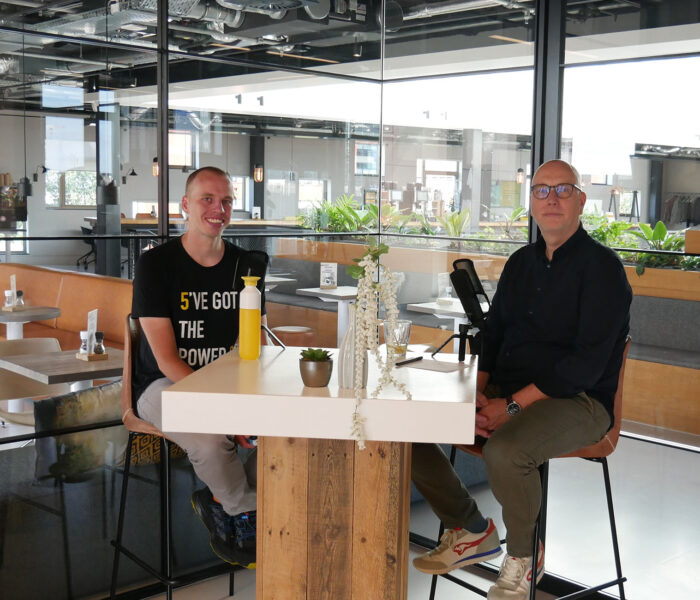As someone who works with data every day, you might be wondering what the added value of Microsoft Fabric is for you and your company.
Or, you might have just invested in a modern, robust, cloud-driven Analytics Platform, with Azure Data Services like Data Factory, Azure Data Bricks, and Azure Synapse. As you encounter all the timeline posts regarding Microsoft Fabric you are wondering: what does this mean for me as a CDO, a CIO or a Data Professional?
While there are many technical posts and content about specific features, there are few voices that explain what is happening on a greater scheme. Let us demystify and dive into it from a broader perspective.
Background
In its essence, Microsoft Fabric is a collection of tools that mostly already existed, enriched with some (impressive) new functionalities. It is – not yet – revolutionizing the work of data engineers or architects in IT departments when building solutions as they already have the full Azure environment at their disposal. It is, however, a game-changer for data-savvy users in business functions such as marketing, sales, finance, and therefore, for entire workforces.
When Power BI.arrived, it was not an overnight sensation. It started in 2008 with a small extra tab in Excel, called Power Pivot. Existing, competitive front-end tools were performative and had equal or better functionality. There was, however, a challenge to democratize data. Moreover, license and implementation costs were out of balance versus the value perceived.
In the end, Power BI allowed millions of users to create their own BI-solutions without relying on the IT department. It has been named a leader in the Gartner® Magic Quadrant™ for Analytics and BI Platforms for multiple years. What is more, Microsoft improved the tool every month with regular updates driven by the user group – a pace that was unheard of before. The added value hence came through scale and democratization of Power BI. Instead of just twenty generic company-wide reports you now also had many smaller reports created by the end-users that created value for smaller groups in specific cases. Moreover, Microsoft greatly enabled accessing also external data sources.
Value
Fabric will further accelerate this development. The data-savvy users mentioned above (“citizen developers”) will be empowered to not only build their reports (front end) but also do robust and strong data transformations (back end) where needed. Thanks to new capabilities like OneLake you do not even need to duplicate your data in Fabric but can just use a DirectLink to e.g., AWS S3.
This is truly a game-changer and will eliminate a significant amount of friction between business & IT departments while at the same time lowering the TCO (Total Cost of Ownership) for the Modern Scaled Analytical Platform. There is no need for costly data pipelines which are sensitive to changes in the applications they derive the data from. There will be no discussion anymore in the enterprise architecture department regarding the governance towards as-few-copies-of-data-as-possible (or even no copying allowed). All this while enabling the use of the medallion structure, the foundation of every modern data architecture.
Another major step is the transformation from a PaaS (Platform as a Service) to a SaaS (Software as a Service) approach. The setup and maintenance of the platform is taken care of by Microsoft, in their proven Azure Cloud. This means fewer manual actions to scale out your resources and fewer engineers to apply changes to infrastructure and services. Another win on the TCO and therefore ROI side of things.
And with CoPilot emerging, Fabric brings all parties together in one environment and changes how we build our data driven solutions.
Now, the question arises: What about the cost? The interesting part of the cost is switching your Power BI to a Fabric capacity and then moving some of your Data Engineering workload there. If you already have a Power BI capacity, you could consider bundling the work into one big pool and thereby balancing out the loads. Having heard this, should I (as a company or a business user) embrace Microsoft Fabric?
Requirements
It might sound like rainbows and unicorns. Too good to be true. And honestly given this might be the case. Fabric is not the one-size-fits-all solution for your company, or at least not at this moment. Your journey towards data maturity might dictate that putting Fabric into action is not the next best thing to do.
For it to work you need to get a few things in place. Most importantly establishing governance of the environments, training & upskilling of your business and IT-teams as well as improving (Master) Data Quality.
But the genuine answer is “yes”. Fabric is the new best kid in class for unlocking the potential of data, building value cases on your modern Data Platform, democratizing your company’s data to the data savvy people you have and will further gain in your company. And, yes, it will also contribute to lowering the total cost of ownership.
Macaw provides comprehensive and proven guidance and solutions to support you in this journey. As we love embracing cutting edge technology and turn it into value for our clients, we have already gained significant hands-on experience through private preview access with Microsoft and collaborating with our customers on actual Fabric cases prior to the official launch. We will provide some actual inspirational cases in our next blog.
Want to know more?
Let us have an informal coffee chat about Microsoft Fabric and if there are compelling reasons for you to dive into it. Already convinced about Fabric but want to know more? Follow the Macaw LinkedIn account, get first access to our Fabric User Group in Q1 2024 or drop a follow-on LinkedIn, especially with our MVP Marc Lelijveld , Bernhard Zauner or Martijn Muilwijk.








